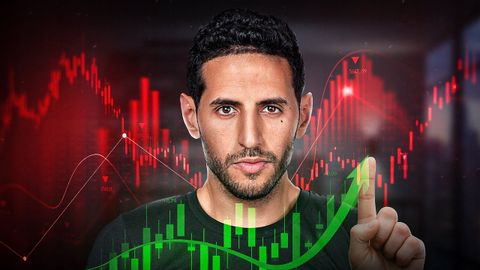我研究了 1 個月的股票。我是這樣投資 100 只股票的。 (I studied stocks for 1 month. Here is how I invested in 100 stocks.)
Weiting Lee 發佈於 2024 年 10 月 08 日  沒有此條件下的單字
沒有此條件下的單字US /ˌɪndəˈvɪdʒuəl/
・
UK /ˌɪndɪˈvɪdʒuəl/
- n. (c.)個人;單個項目;個體;個人賽
- adj.個人的;獨特的;個別的;獨特的
US /ˈmʌltəpəl/
・
UK /ˈmʌltɪpl/
- adj.多重的;多種的;多發性的;多重的
- n. (c.)多;多個的;乘數
- pron.多重的
US /əˈpɪnjən/
・
UK /əˈpɪnjən/
- v.t./i.衝鋒攻擊;收費;為...充電;使承擔責任;委以責任;控告,指控
- n. (c./u.)襲擊;進攻;把...記入帳冊;電量;費;責任;指示;熱情;指控
